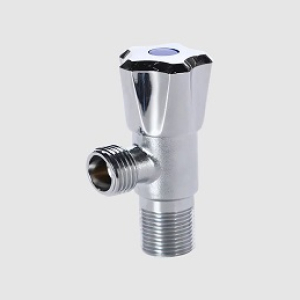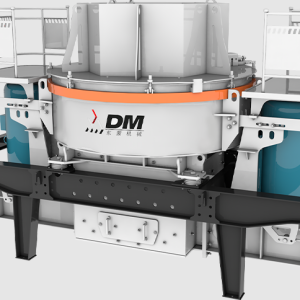In the realm of land management and agricultural practices, surge aerator has emerged as valuable tools for promoting environmental conservation. These innovative devices play a crucial role in improving soil health, enhancing water retention, and mitigating the impact of erosion, ultimately contributing to a more sustainable and eco-friendly approach to land stewardship. Let's explore the significance of surge aerators in environmental protection and their positive impact on ecosystems.
Soil compaction is a common issue in agricultural and residential landscapes, leading to poor soil structure and reduced permeability. Surge aerators address this challenge by mechanically loosening compacted soil layers and creating channels for air, water, and nutrients to penetrate deeper into the soil profile. This process, known as soil aeration, promotes root growth, enhances microbial activity, and improves overall soil health. By facilitating better aeration, surge aerators help maintain soil fertility and productivity while reducing the need for chemical fertilizers and pesticides.
Soil erosion poses a significant threat to environmental sustainability, leading to loss of topsoil, degradation of water quality, and disruption of ecosystems. Surge aerators play a vital role in erosion control by breaking up surface compaction and promoting the infiltration of rainfall into the soil. By creating channels that allow water to percolate into the ground instead of running off, surge aerators help reduce surface runoff and soil erosion, preventing sedimentation in water bodies and protecting aquatic habitats.
In regions facing water scarcity or drought conditions, efficient water management is essential for environmental conservation. Surge aerators aid in water conservation by improving soil structure and increasing water retention capacity. By aerating the soil and reducing compaction, surge aerators enhance the soil's ability to absorb and retain moisture, minimizing water runoff and optimizing irrigation efficiency. This not only conserves water resources but also promotes drought resistance and resilience in agricultural and landscaping practices.
Healthy soil is essential for supporting diverse plant and animal life, as it provides a habitat for soil organisms and serves as the foundation of terrestrial ecosystems. Surge aerators contribute to biodiversity conservation by creating favorable conditions for plant growth and microbial activity. Improved soil aeration and moisture retention foster the establishment of a diverse range of vegetation, including grasses, wildflowers, and native plants, which in turn attract pollinators, beneficial insects, and wildlife. By enhancing habitat quality and promoting biodiversity, surge aerators play a key role in ecosystem restoration and conservation efforts.
Conventional land management practices often rely on the use of chemical fertilizers, herbicides, and pesticides to maintain soil fertility and control weeds and pests. However, excessive chemical inputs can have detrimental effects on environmental health, including soil degradation, water pollution, and harm to non-target organisms. Surge aerators offer a sustainable alternative by improving soil structure and promoting natural nutrient cycling, reducing the need for synthetic fertilizers and pesticides. This minimizes chemical runoff and contamination of water bodies, safeguarding aquatic ecosystems and human health.
Restoring Degraded Landscapes: In areas affected by land degradation, such as construction sites, mining operations, or degraded farmland, surge aerators play a crucial role in land restoration and rehabilitation. By breaking up compacted soils, promoting soil aeration, and enhancing moisture retention, surge aerators create favorable conditions for vegetation establishment and ecosystem recovery. This helps restore ecosystem services, such as carbon sequestration, soil stabilization, and wildlife habitat while mitigating the environmental impacts of land disturbance activities.










